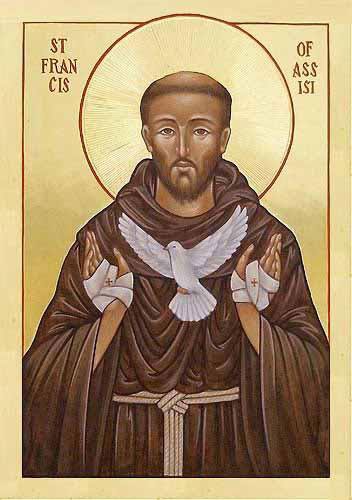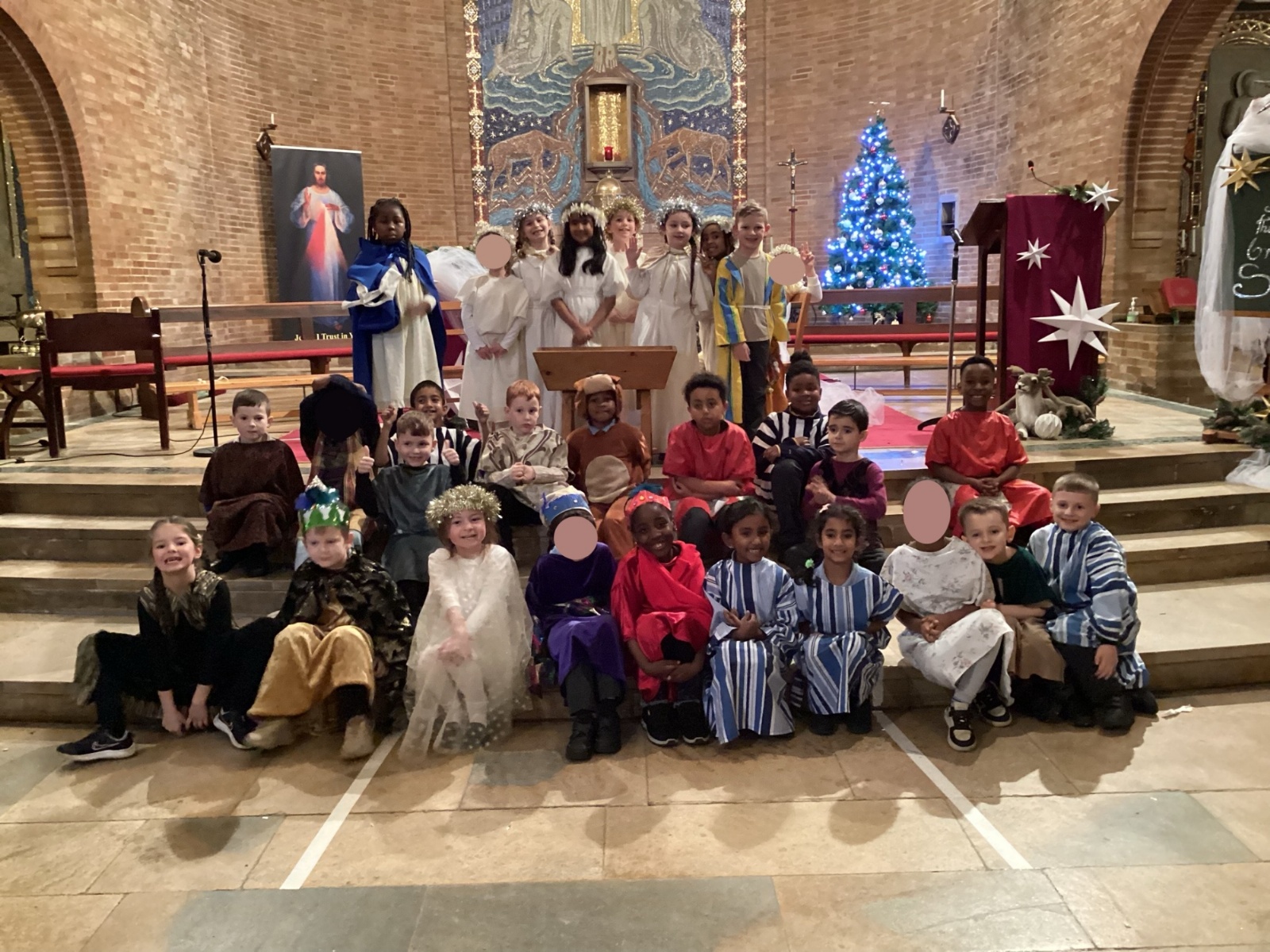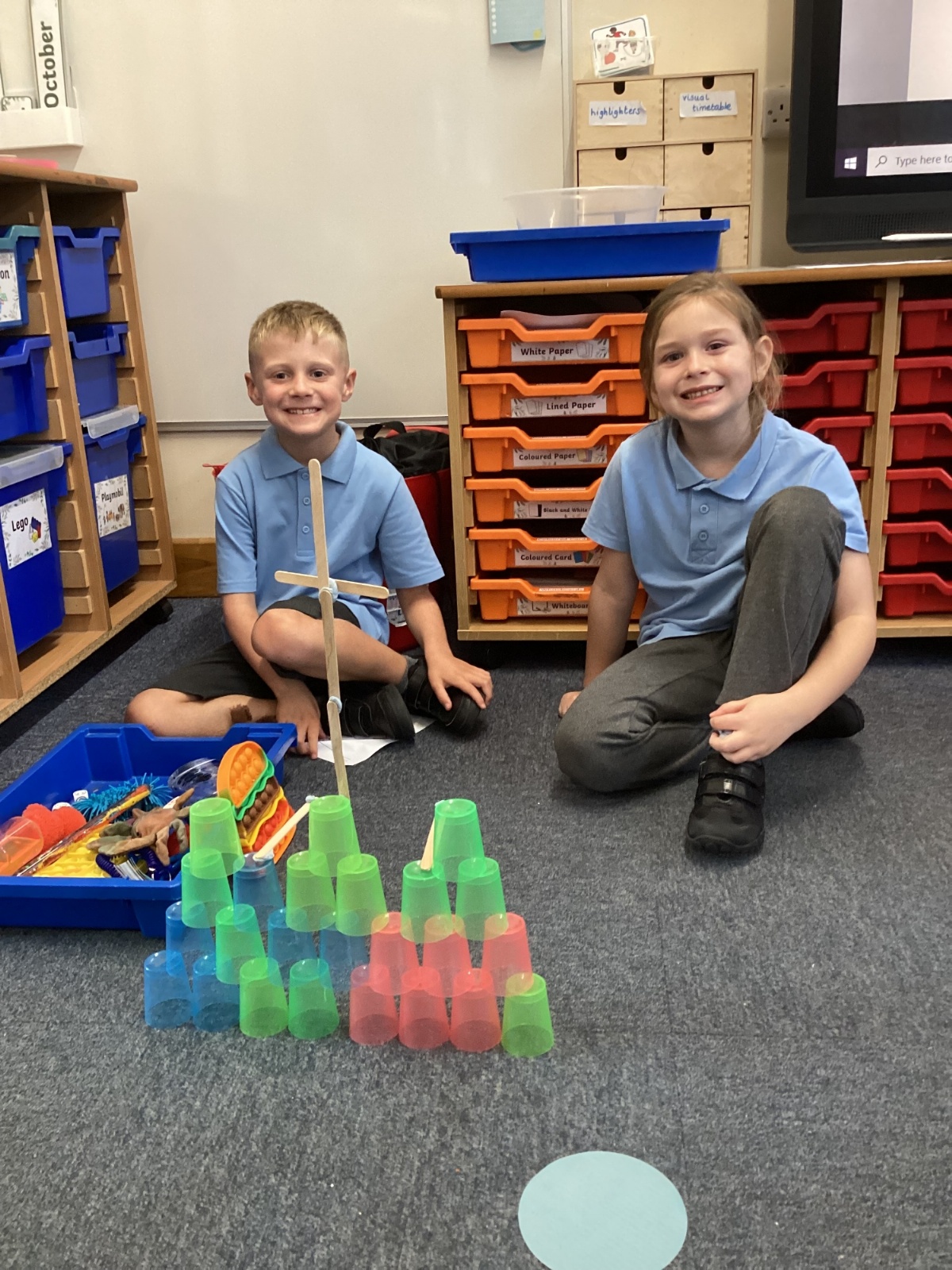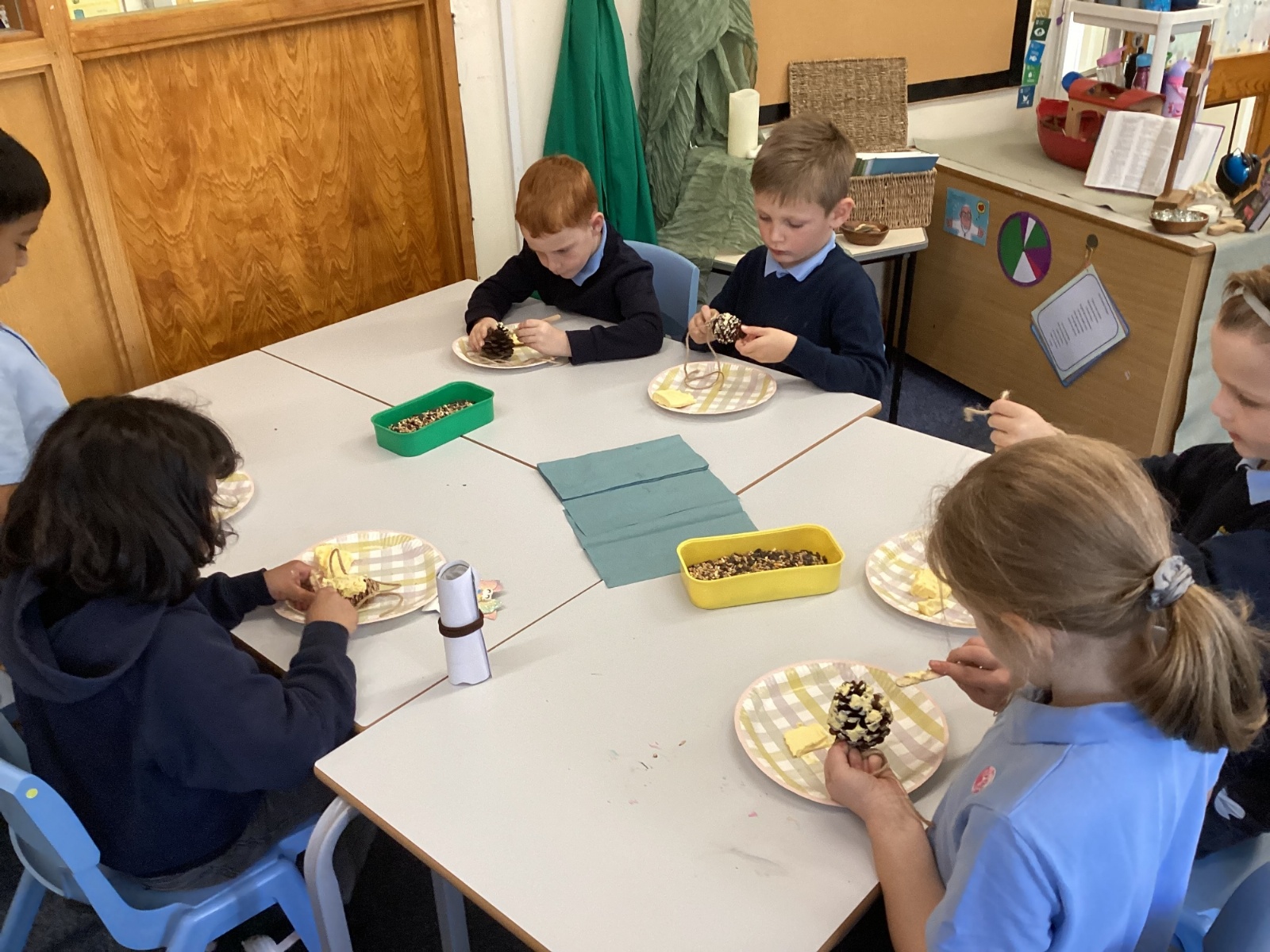Year Two
Mrs Senior is the teacher in our Year Two class. Mrs Hinchliffe teaches on a Tuesday morning or afternoon and all day Thursday. Our PE day is Thursday.
Class Saint
 St Francis of Assisi. The Patron Saint of Animals and Ecology. Feast day is 4th October.
St Francis of Assisi. The Patron Saint of Animals and Ecology. Feast day is 4th October.
St Francis was a man of wealth and business who had a dream that God told him he had it all wrong. St Francis became a man of God who gave up all his possessions and began to preach. Others joined his simple life. St Francis had a deep relationship with nature - he felt all of God's creation was part of his brotherhood. He wrote the beautiful Canticle of the Sun that expresses this brotherhood with creation.
St Francis of Assisi, pray for us.
Autumn Term Curriculum Overview
Maths
- Represent multiples of 10
- Add and subtract multiples of 10
- Count to 100 and beyond
- Compare and partition two 2-digit numbers
- Add 3 addends
- Calculate the difference
- Add and subtract 2-digit numbers
English
- Identify verbs, nouns and adjectives
- Write simple sentences
- Use capital letters and full stops
- Form letters correctly
- Leave consistent spaces between words
- Spell common words correctly
- Talk about ideas before writing
RE
Creation and Covenant
· Story of Noah
· Understand stewardship
· Baptism
· Old and New Testament
Prophecy and Promise
· Retell the Annunciation, birth of John and birth of Jesus
· Know prophets communicate God’s message
· Know Zechariah and Isaiah as prophets
· Advent as a time of preparation
History
Y2 will be studying Sheffield’s Industrial Past.
Key learning includes:
· Know and use the terms past, present and future
· Know that timelines show order of events
· Know who Benjamin Huntsman is
· Know about the Sheffield Steel Industry
· Know how the Steel Industry changed Sheffield
· Know who Harry Brearley is
Science
Identify and compare the suitability of a variety of everyday materials, including wood, metal, plastic, glass, brick, rock, paper and cardboard for particular uses
Find out how the shapes of solid objects made from some materials can be changed by squashing, bending, twisting and stretching
Design and Technology
Sliders and Levers - Generate and communicate ideas. Make a plan. Select and use tools to cut, shape, and join paper and card. Use simple finishing techniques. Evaluate their product. Understand that different mechanisms produce different types of movement.
PE
Invasion Games
Possession, attacking, defending, marking an opponent, and using simple tactics.
Gymnastics
Link gymnastic shapes together, create balances, travelling actions, demonstrate different shapes, take off and landing when performing jumps, rolling, and sequence building, and create a sequence using apparatus.
Computing
Computing Systems and Networks - IT Around Us
Identify uses of IT, explain how IT helps us, and explain how to use IT safely
Music
Exploring Pulse and Rhythmic Patterns
Perform actions and movements to a steady pulse. Explore the difference between pulse and rhythm, and investigate different ways to play rhythms, varying instrumental timbre and dynamics. Learn to play a simple accompaniment to a song or poem, selecting suitable sounds and timbre. Create simple four-beat rhythms and represent these using graphic notations
Personal Development
Anti-Racism - Unconscious bias. Being anti-racist in our actions. Representation matters. Myth-busting anti-racism.
Me, My Body, My Health - We are unique, with individual gifts, talents and skills. The names of our body parts. Boys and girls are similar and different. Healthy lifestyles and personal hygiene.

.JPG)

